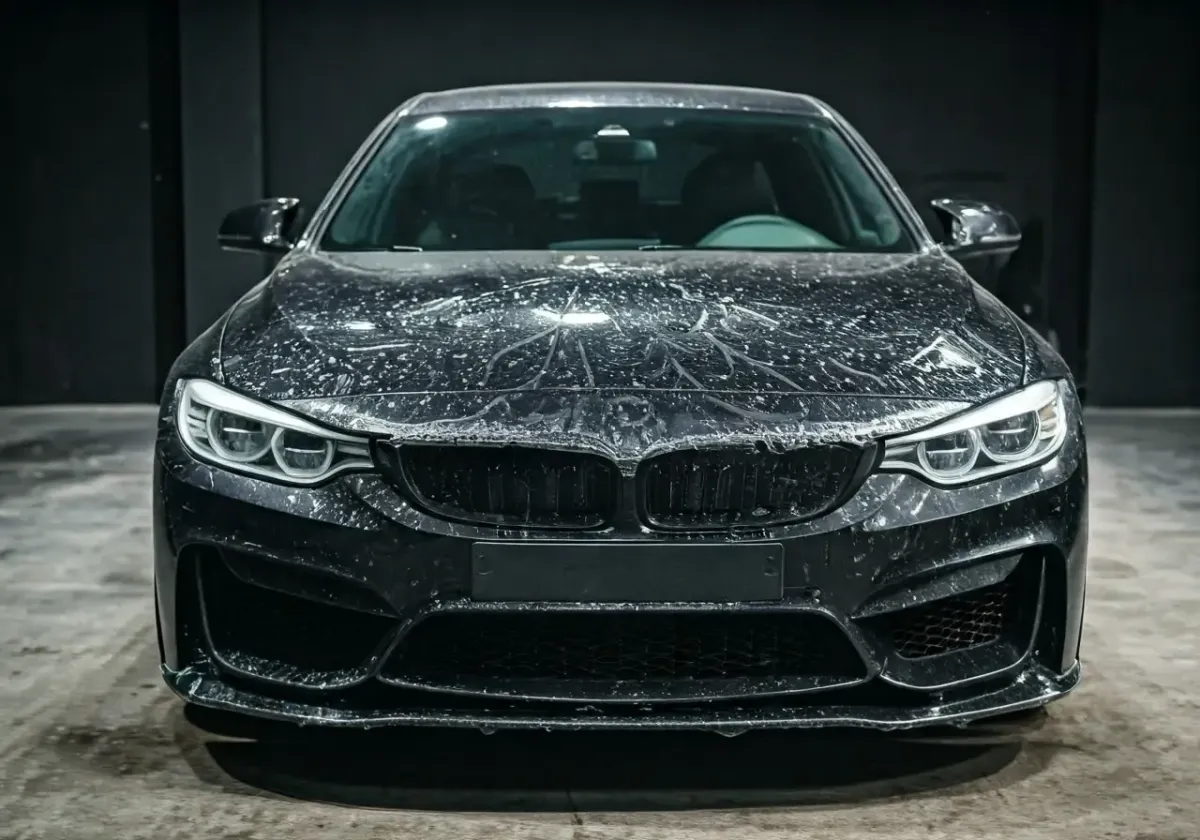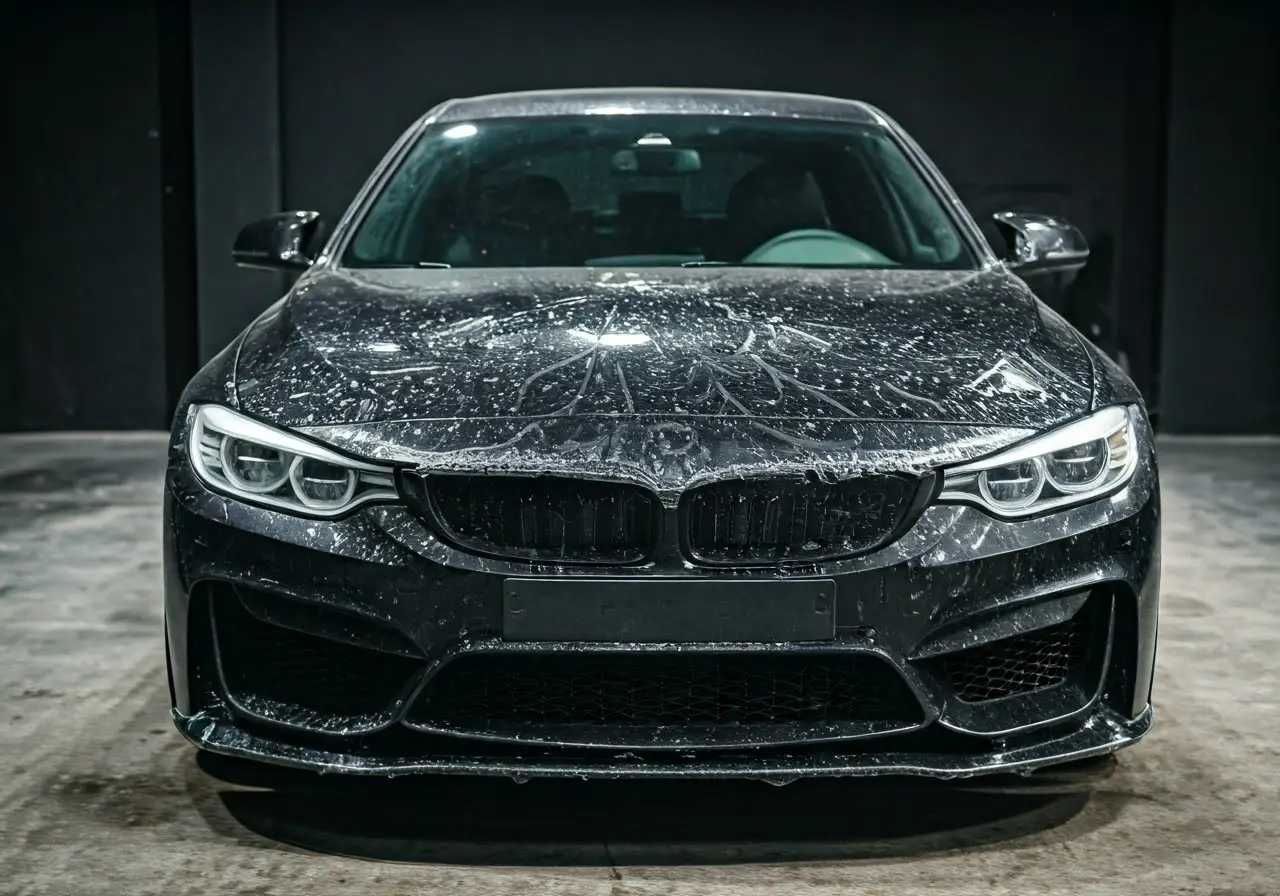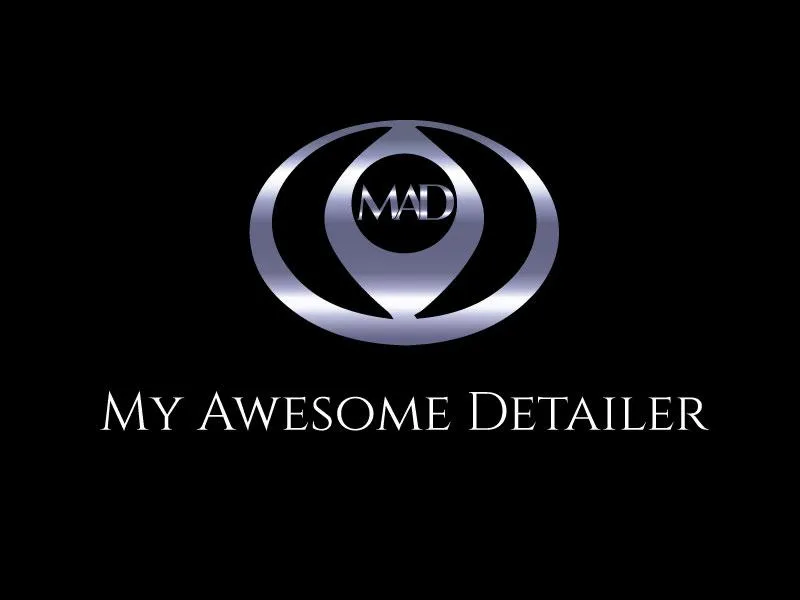My Awesome Detailer, LLC
My Awesome Detailer, LLC's Blog
"Auburn Alabama's #1 Resource for Ceramic Coating & Auto Detailing Information"

"Choosing the Right Paint Protection Film: What You Need to Know"
In today's world, preserving the look of your car is more important than ever. Whether you own a brand-new vehicle or a cherished older model, keeping its paint in tip-top shape is key to maintaining its value and aesthetic appeal. One popular solution is paint protection film (PPF). But with so many options on the market, how do you choose the right one? In this blog, we'll explore the essentials you need to know to make an informed decision about paint protection film.

What is Paint Protection Film?
Paint protection film, also known as PPF, is a thermoplastic urethane film applied to the painted surfaces of a vehicle. It helps protect your car from scratches, chips, and other damages caused by road debris, environmental contaminants, and even minor impact.
Imagine cruising down the highway and encountering gravel, bugs, or other debris. These minute but damaging elements can leave lasting marks on your car’s paint. PPF acts as a protective barrier to shield your vehicle from these minor yet unsightly issues. It's designed to absorb the impact, minimizing damage to your car's original paint.
Moreover, PPF is nearly invisible, meaning it won't alter the color or look of your car. This is particularly important for car enthusiasts who take pride in their vehicle's aesthetic. The film forms a protective layer that's so inconspicuous, it won’t be apparent to the naked eye. You can think of it as an invisible armor—one that preserves your car’s sheen without broadcasting its presence.
Different Types of Paint Protection Film
There are various types of PPF available, each with its unique properties. Some common types include self-healing, pre-cut, and custom-fit films. Understanding these differences will help you choose the one that best fits your needs.
Self-healing films are particularly fascinating. They have the ability to repair minor scratches and swirl marks on their own. This characteristic is due to the top layer of the film, which is designed to absorb and disperse heat. When minor scratches occur, the heat from the sun or even a warm garage can activate the self-healing properties, making these imperfections disappear as if by magic.
Pre-cut films come pre-measured to fit specific makes and models of vehicles. This option is great for a more straightforward application, especially if you are looking to do the installation yourself. On the other hand, custom-fit films are tailored precisely to the contours of your car. While this option may be more expensive, it ensures a perfect fit and maximal protection for every nook and cranny of your vehicle.
Factors to Consider When Choosing PPF
When selecting paint protection film, consider factors such as durability, clarity, thickness, and ease of application. These elements will greatly influence the effectiveness and appearance of the film on your vehicle.
Durability is a key aspect. A high-quality PPF should offer long-lasting protection without yellowing or peeling over time. Check the warranty period offered by manufacturers; longer warranties often indicate better durability and confidence in the product. Another point to remember is the film's resistance to UV rays, which can protect your car's paint from fading due to sun exposure.
Clarity is equally important, as no one wants a cloudy or hazy film that detracts from their car's natural beauty. Top-quality films are virtually indistinguishable when applied correctly. They allow the original paint color and finish to shine through, giving the impression that there's no film at all.
Thickness matters too. Thicker films generally offer more protection but may be more challenging to apply. They can provide better shielding against rocks and road debris, which makes them suitable for high-impact areas such as the hood, fenders, and bumpers. Striking a balance between thickness and flexibility can help you get the best of both worlds.
DIY vs. Professional Installation
Deciding between a DIY installation or hiring a professional can be tricky. While DIY kits can save you money, professional installation ensures a perfectly smooth finish and avoids potential mistakes that could cost you more in the long run.
For those confident in their skills, a DIY installation can indeed be a rewarding project. Many pre-cut kits come with detailed instructions and online tutorials to guide you through the process. However, it requires a clean, dust-free environment and a variety of tools, including a squeegee, spray solution, and a heat gun. Even minor mistakes during installation can lead to bubbles, wrinkles, or misalignment, which might necessitate starting the process over again.
On the other hand, professional installers have the experience and expertise to apply the film perfectly. They can tackle complex curves and edges with precision, ensuring a seamless appearance. Additionally, many shops offer warranties on their installations, providing peace of mind and ensuring that any issues will be addressed swiftly. While the upfront cost is higher, the assurance of a job well done can be worth the investment.
Maintaining Your Paint Protection Film
Proper maintenance is crucial to prolong the life of your PPF. Regular washing, using the right cleaning products, and avoiding harsh chemicals can keep your film looking as good as new for years.
Regular washing reduces the buildup of dirt, grime, and road salts that can gradually wear down the film. Use a mild car wash soap and a soft wash mitt to gently clean the surface. Rinse thoroughly to remove any soap residue, as leaving it on the film can cause water spots or streaking.
It's also essential to use products specifically designed for PPF when cleaning and maintaining the film. These products are formulated to work with the unique properties of the film, avoiding any potential damage that conventional car cleaning agents might cause. Be sure to read the product labels carefully to ensure they are safe for use on PPF.
Top Brands in Paint Protection Film
Several reputable brands in the market offer high-quality PPF, such as 3M, XPEL, and SunTek. Researching and investing in a trusted brand can make a significant difference in the performance and longevity of your paint protection film.
3M is a global leader known for its high-performance PPF products. Their films are recognized for their excellent clarity, self-healing properties, and strong adhesive, making them a favorite choice among car owners and professional installers alike. They also offer a variety of options tailored to different needs, from basic protection to high-impact resistance.
XPEL is another top contender, renowned for its cutting-edge technology and innovation in the PPF industry. XPEL films are engineered to provide a high level of protection while maintaining a sleek, clear finish. Their Ultimate Plus line, for example, incorporates advanced self-healing capabilities and is known for its exceptional durability.
SunTek offers a range of PPF options, including their Ultra series, which features a high-gloss finish and excellent hydrophobic properties. This makes it easier to clean and maintain, as it repels water and road grime more effectively. Like 3M and XPEL, SunTek is well-regarded for both the quality of their films and the support they provide to installers.
Making the Right Choice for Your Car
Selecting the right paint protection film for your vehicle doesn't have to be overwhelming. By understanding the different types of PPF, considering the critical factors, and learning from professional advice, you can confidently choose a film that suits your needs and keeps your car looking pristine. Remember, investing in quality PPF is an investment in your vehicle's long-term beauty and value.

My Awesome Detailer was founded with one mission: to bring elite-level vehicle protection and detailing to Auburn, AL and beyond.
Since day one, our focus has been delivering long-lasting paint enhancement, value retention, and top-tier appearance protection —with zero compromises.
We believe that true automotive care starts with clear communication and customized solutions, tailored to the specific needs of each vehicle and owner. From professional-grade ceramic coatings and self-healing paint protection film to precision paint correction and full-vehicle detailing, every service we offer is designed to elevate, protect, and preserve your investment.
At My Awesome Detailer, you don’t just get a clean car—you get long-term peace of mind and a finish worthy of a showroom spotlight.
Contact Info & Address
2709 Frederick Road, Opelika AL 36801
(334) 650-6499
Working hours
Monday: 8am-5pm
Tuesday: 8am- 5pm
Wednesday: 8am - 5pm
Thursday: 8am - 5pm
Friday: 8am - 5pm
Saturday: 8am-5pm
Sunday: Gone Fishin'
All Services by Appointment Only
Map
@ 2025 Copyright. MAD, LLC All rights reserved.
